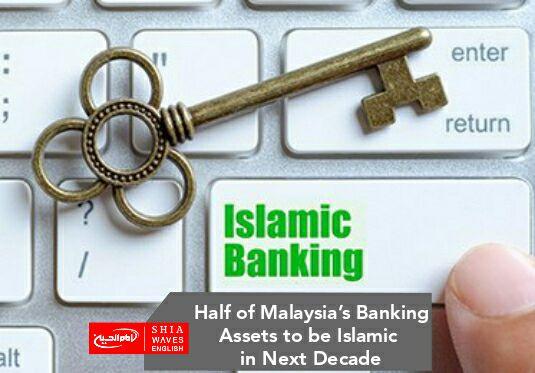Half of Malaysia’s Banking Assets to be Islamic in Next Decade

Malaysia can expect half of its banking assets to be Islamic by 2030 as the industry’s growth outpaces conventional banking, according to a lenders’ association.
Malaysia can expect half of its banking assets to be Islamic by 2030 as the industry’s growth outpaces conventional banking, according to a lenders’ association.
Loans that comply with the religion’s ban on interest is set to increase by 10% to 15% annually over the next five years, outpacing the 5% to 7% growth seen for non-Islamic loans, said Adissadikin Ali, president of the Association of Islamic Banking and Financial Institutions Malaysia, or Aibim.
“The name of the game in Islamic finance is differentiation,” he said in an interview in Kuala Lumpur. Consumers are becoming more familiar with Shariah-compliant products, he added. Moreover, the industry’s focus on values-based financing, which calls for protecting people and the planet, will help spur demand amid growing interest in ethical investing, he said.
Malaysia, which pioneered Islamic finance in the 1980s, set a target for Islamic banking assets to reach 40% of the total industry by 2020. That proportion has only reached 31% as of 2018, equivalent to 916.7 billion ringgit ($224 billion), according to the central bank.
Adissadikin, who is also Chief Executive Officer at RHB Islamic Bank Bhd., said he’s confident of his 50% forecast for 2030 even if Malaysia falls short of its 2020 goal. The signs can be seen in the nation’s largest banks, he said, with Malayan Banking Bhd.’s Islamic loans accounting for 61% of the total and RHB Bank Bhd.’s ratio rising to 38%, from 26% in 2017.
“Islamic banks are already on par with the conventional in Malaysia,” he said. “What you see in conventional, you can see in Islamic.”






